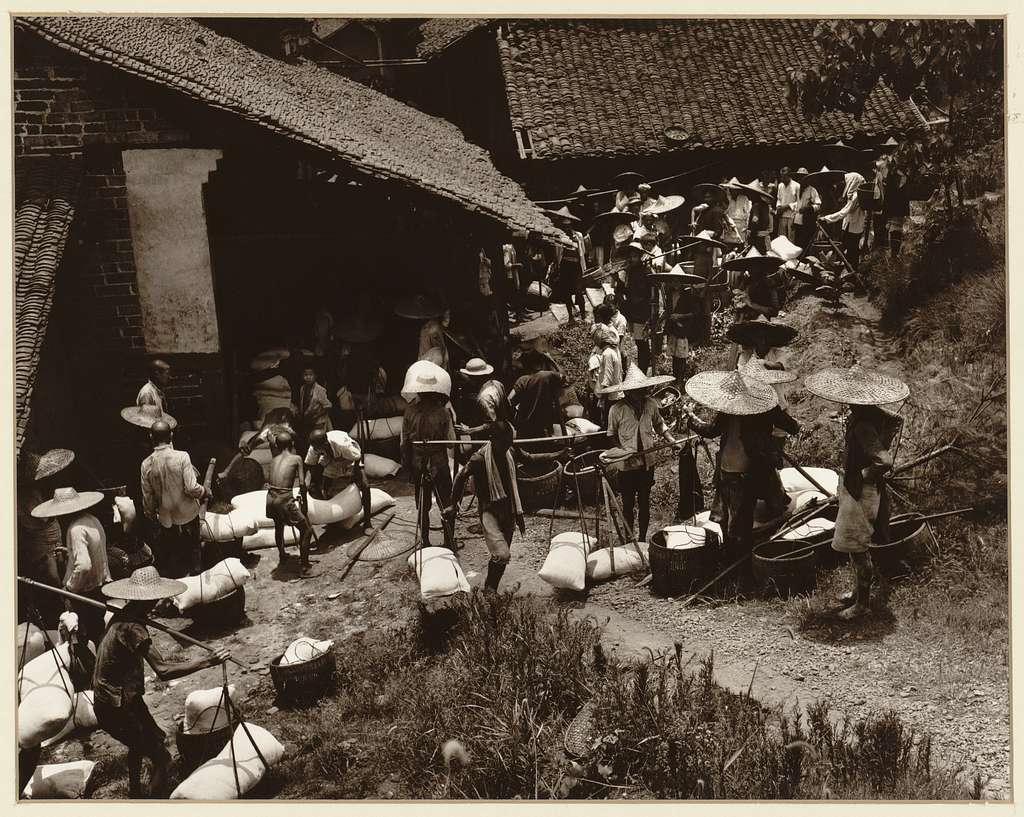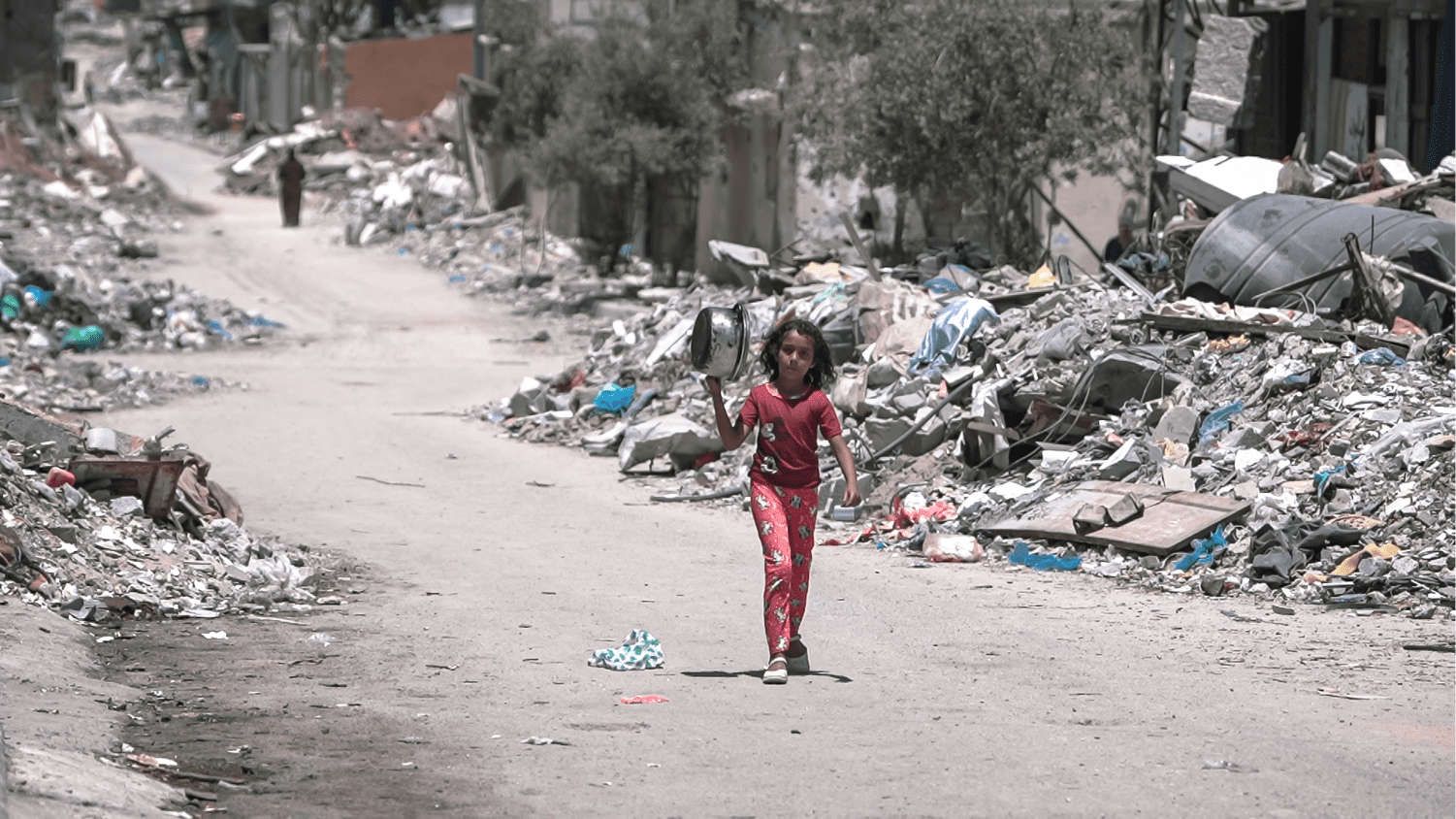We are pleased to announce a new occasional paper, published jointly with the Feinstein International Center, “Gender, Famine and Mortality,” by Kinsey Spears, Bridget Conley, and Dyan Mazurana.

“Gender, Famine and Mortality,” by Kinsey Spears, Bridget Conley, and Dyan Mazurana (December 2021). Published jointly by World Peace Foundation and the Feinstein International Center.
During times of famine, sex, gender and age differences matter. These factors impact who dies, who lives, and how people suffer; they shape lives and livelihoods before, during and after crises. But precisely how and why these factors intersect with famine conditions is an issue of much debate. This Occasional Paper investigates the evidence and explanations for sex, gender and age differences across 25 famines.
Globally, across their lifespan, women and girls experience hunger—chronically and endemically — more than men and boys. Multiple factors shape this reality: laws and practices that discriminate against females, patriarchal norms that value males over females, lower pay for female labor, fewer property rights for females, biological factors that increase the impacts of hunger (e.g., menstruation, pregnancy, childbirth and lactation), and females’ reduced access to educational, financial, political and social resources. This paper explores how and why famine intersects with these gendered disadvantages and advantages.
It analyzes the cause of death, biological factors, health outcomes for famine survivors, in situ coping strategies, and migration patterns. Additionally, the authors address the gendered nature of coping strategies exposes men, women, boys, and girls to serious, and at times different, risks and harms. They document and analyze the potential long-term gender and age health and socio-cultural risks associated with exposure to mass starvation. The paper concludes by addressing these issues and their implications for protection and accountability.
Overview of the Paper
Introduction to Sex, Gender and Famine: The impact of gender and age on famine, however, remains understudied. An important gendered finding is that many cases reveal a female mortality advantage (FMA) during famine. Kate Macintyre surveyed the existing literature on famine. Relevant to this topic she found that while gender analyses are infrequently applied to demographic analyses, in most cases there is FMA. We revisited Macintyre’s article to determine what we know, and what we still need to know, about sex, gender, age and famine mortality.
Factors to Explain Sex , Gender and Age Differentials in Famine Mortality: We analyze: cause of death (starvation, disease, intersections with violent death), biological factors (sex and body fat, the immune system, and fertility), gendered coping strategies (famine foods, transactional sex, prostitution and forced marriage, labour, and charity and relief policies), and migration.
Sex Gender Age and Surviving Famine: The gravity of famine is often measured by its mortality rate. Yet the enormity of the negative physical and mental health, social, educational and economic costs of famine on survivors, their children and grandchildren make clear that a focus on mortality alone misrepresents the true toll of famine. Indeed, the effects of surviving famine last well beyond the famine’s end and vary for different ages, sexes and genders. We analyze long-term health effects.
Towards Greater Gender Awareness in Protection and Accountability: We draw seven conclusions from our analysis of the existing data on sex, gender, age and famine.
- Famine mortality and the long-term health outcomes are gendered.
- Where armed conflict, political repression and famine co-exist, we can anticipate that neo-natal, adolescent and adult males are most at risk of immediate death.
- International, government and humanitarian services should also be attuned to the heightened, immediate vulnerability and risk of males of differing ages during conflict-induced famine and should factor this into their planning and carrying out their political and relief efforts. For humanitarian actors, gendered decisions about who among the family goes to access relief, who out-migrates and who stays behind need to be understood to ensure agencies reach those most vulnerable and in need.
- In the wake of famine, many families may now be headed by women who themselves are weakened due to the conflict and famine and in disadvantaged positions due to patriarchy and other discriminatory systems and practices. Efforts will need to be directed at enabling these families to rebuild their lives and livelihoods.
- Considering the negative long-term, inter-generational impact that is occurring among famine survivors, national leaders, humanitarian actors and policymakers need to direct substantial resources towards their long-term health and educational needs.
- It is crucial that perpetrators be held accountable for creating the conditions in which survivors must face terrible choices.
- Finally, it is unacceptable that in the four most recent famines, there continues to be a lack of sex and age disaggregated data on the victims and survivors.



